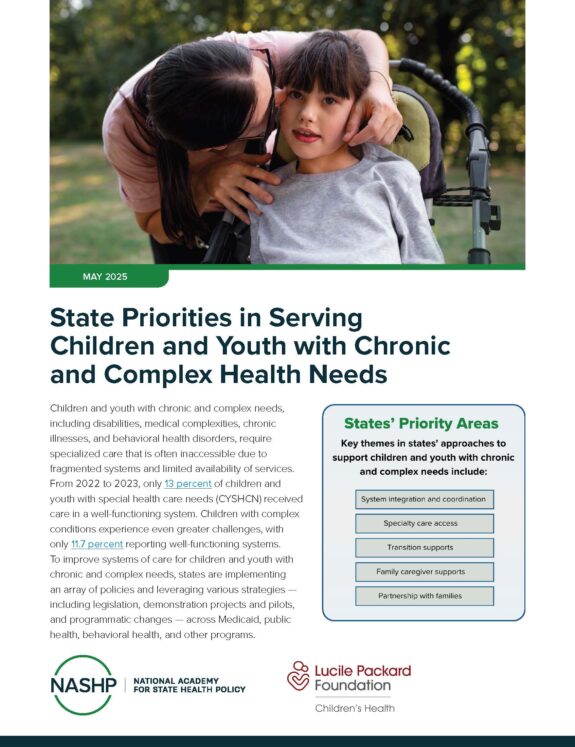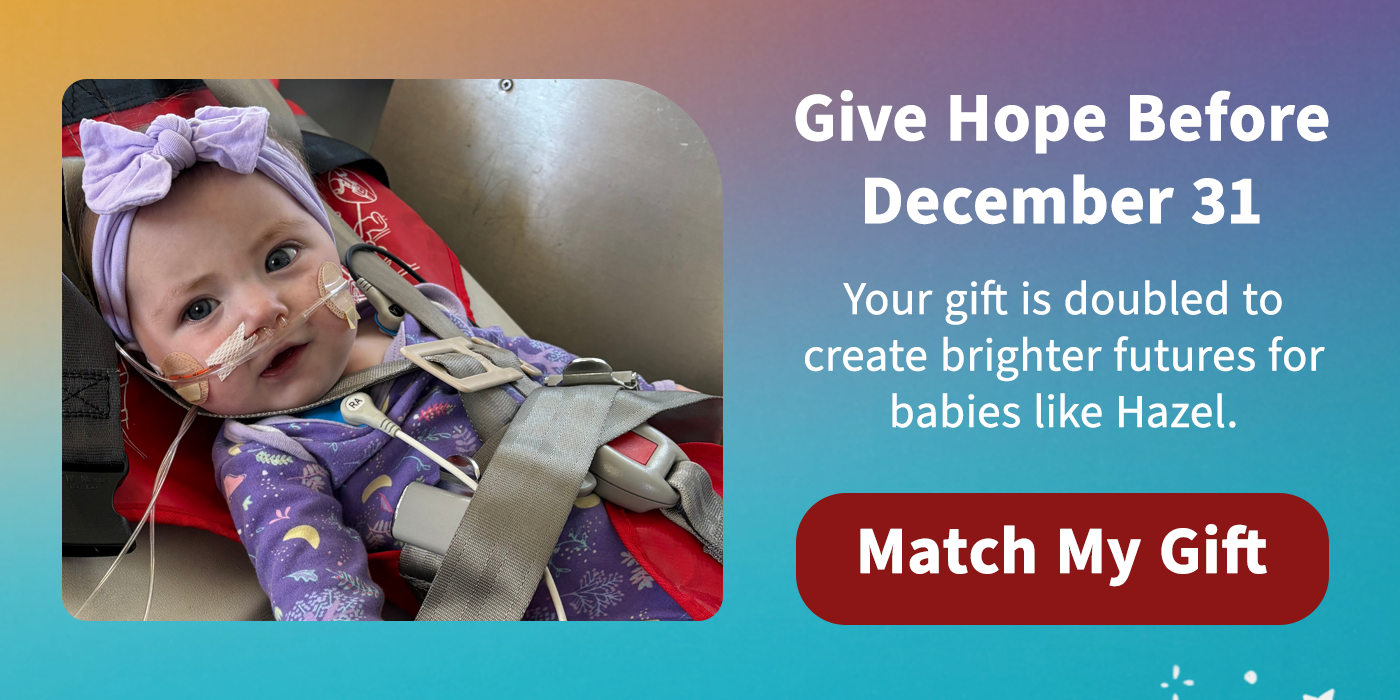Parent Leaders Bring Their Daughter’s Playground Dream to Life
Mia’s Dream Come True Playground is now open for children of all abilities to enjoy. Take a virtual tour.
When doctors told Daniel Vasquez and Emelyn Lacayo that their daughter, Mia, would not live past her first birthday, they made it their mission to give her the best quality of life possible.
Now 10 years old, Mia has defied the odds.
Although her official diagnosis remains a medical mystery, doctors define Mia’s cognitive and physical disabilities as failure to thrive, cerebral palsy, and developmental delay. She is unable to walk and usually her parents either carry her in their arms or push her in a stroller. Although Mia is non-verbal, Vasquez and Lacayo say she never lets her condition deter her from doing something most children her age enjoy — playing outside.
Mia thrives in accessible playgrounds, ones with an open-air park where children who use wheelchairs or strollers, or are sensitive to sensory stimuli, can easily maneuver and play in structures catered to their special needs. However, the closest accessible park is in Palo Alto, a 40-minute commute from her South Hayward home, Bay Area traffic permitting.
According to Vasquez, for families of children with special health care needs (CSHCN) preparing for a day at the park feels more like “traveling to a different country.” The parents’ mental checklist to make the trip safe and enjoyable includes dressing Mia, assembling her pureed, refrigerator-dependent food, loading her stroller, and collecting her medications for the day. What for a typically developing child would be a brief, midday outing often turns into a six- to eight-hour commitment for Mia and her parents.
But things are about to change.
Preliminary construction recently began on Mia’s Dream Come True Playground, an accessible playground not far from the family’s Hayward home. That’s good news, but their quest was anything but a walk in the park.
Their journey began in 2014, when Vasquez and Lacayo realized that they wanted to develop skills to advocate on behalf of their daughter. They turned to Family Voices of California and enrolled in its parent advocacy training program, Project Leadership. The curriculum teaches family members of CSHCN how to navigate the health care system and prepares them to become advocates for policy and service improvements.
“Project Leadership showed us that we have a voice and that we can make a difference in our children’s lives regardless of the obstacles.”
“Project Leadership showed us that we have a voice and that we can make a difference in our children’s lives regardless of the obstacles,” Lacayo says. The training not only helped them find support among other families of CSHCN but also encouraged them to question why they had to spend so many hours taking Mia to the park.
In 2015 they helped Mia make a successful request for $5,000 from the Make-A-Wish Foundation toward the family’s vision of a local “ultra inclusive” playground. This was the first step toward an open space where anyone — regardless of age or ability — can have the opportunity to enjoy the outdoors with minimal difficulty and maximum fun.
The following year, inspired by Mia’s spirit and the initial funding, Vasquez and Lacayo approached the Hayward Area Recreation and Park District Foundation (HARD Foundation) seeking financial support. Pamela Russo, executive director of the foundation, says that the foundation has made it its mission to support Mia’s playground ever since Vasquez and Lacayo first presented a hand-sketched layout of the playground on a paper napkin. The foundation now leads the fundraising campaign for the $3.5 million needed.
In 2017, Russo shared the project idea with Hayward Mayor Barbara Halliday and several city leaders. Inspired, Halliday connected Russo with Kaiser Permanente Northern California, which has a special regional grant program dedicated to funding outdoor projects to improve community health. The HARD foundation received $7,500 from this program.
The playground will be built in the eastern portion of Tennyson Park in the Tennyson Corridor, an underserved area. Unique play structures will represent Vasquez and Lacayo’s love of Hayward. For instance, the Hayward Fire Department donated a 1989 firetruck to be refurbished into a wheelchair-accessible play structure. At the park’s center a tree sculpture created by Andrew Johnstone, the lead creative designer of the annual art festival Burning Man, will provide shade and a rest area.
Another exciting feature is the creation of a wheelchair-accessible swing set built on the wings of a large airplane structure meant to represent the Hayward Executive Airport, funded by Kaiser Permanente Northern California. Kaiser was so impressed by Mia’s project that they have donated $200,000 of the total $2.5 million raised so far. Additional playground funders include the Lucile Packard Foundation for Children’s Health, the Hayward Rotary Club, the City of Hayward, the Eden Health District, and Alameda County Supervisor Richard Valle on behalf of District 2.
Mia’s parents hope to bring families like theirs out of isolation and allow children with special health care needs to have the same opportunities as other kids. Lacayo notes that the support for the playground demonstrates that advocacy or the opportunity to advocate is all around. “There are people willing to listen, but it takes something like Project Leadership to teach how to approach folks.”
Debra Lambert, director of public affairs at Kaiser says, “The city, local elected officials, and others have really rallied around this effort and they did it in a remarkable time frame with great intentions, great support and long-term support. It came together seamlessly, and everyone is going for it for the right reasons, and it’s all because of Mia.”
To learn more or to contribute to Mia’s Dream Come True Playground, contact Pamela Russo at (510) 888-0111 or via email at rusp@haywardrec.org.



